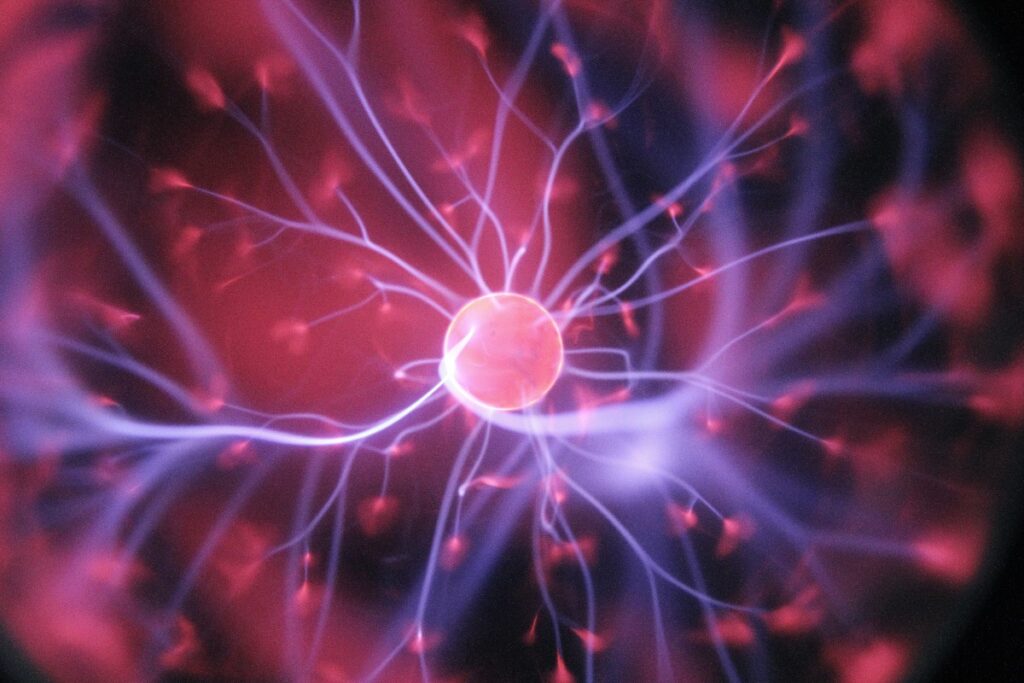Brainspotting is an amazing technique utilized at our facility. This therapeutic practice has been shown to benefit many individuals in recovery. Brainspotting may be especially helpful for people whose substance use disorder (SUD) began as a response to trauma.
Often, SUD arises as a coping mechanism to manage our suppressed emotions. Brainspotting can help people access and change ingrained emotional responses. This can provide you with many benefits in long-term recovery.
The Importance of Emotional Recognition
Your emotions and thought processes strongly influence your overall ability to succeed in recovery. Recovery from SUD often takes a strong focus on self-awareness, acceptance, and presence within the current moment.
Fortunately, these skills can be gained and practiced. Gaining awareness of the emotional processes that may be hindering you from improvement can be very helpful. It can help you address all aspects of your addiction.
Addressing your suppressed emotions can help you to determine the feelings that tempt you to engage in substance use. By recognizing these emotions and addressing them, you can set up techniques to alter your reaction to those emotions. Regulating your emotions requires you to create a healthy balance between positive and negative emotions. Addressing the negative emotions that play a significant role in your life can help you to establish this sense of balance.
How Brainspotting Can Help
Various practices can help you gain insight into your suppressed emotions. Mindfulness and improving your self-awareness are great strategies. However, those are not always easy or sufficient processes.
Brainspotting is a fantastic tool for improving emotional health. This therapeutic method neurologically locates your ingrained responses to a traumatic event. When these neural pathways are recognized, practices can be used to alter the responses that occur within the brain.
When traumatic responses occur, suppressed emotions or experiences are often at play. Brainspotting gives us the ability to access these emotions. Then, it allows us to alter these responses to no longer be a burden in your recovery.
Addressing the root causes of buried emotions can be extremely beneficial. Doing so allows you to address your past and find the healing to move forward. The role of brainspotting is to help you address, manage, and heal your trauma.
Accepting Your Emotions Through Brainspotting
When brainspotting is utilized, you will likely start to feel some of the emotions that you have repressed. It can be easy to push them away and attempt to repress those emotions again out of fear.
However, doing this will only worsen the long-term pain behind the emotion. It is important to accept the emotions you experience through brainspotting rather than continue to push them away.
Practice Patience and Curiosity
Take the time to analyze the emotions you are feeling. Allow yourself to feel them and interpret them as needed. You may find that behind those emotions, there is an experience or conflict that you have yet to resolve.
Analyzing your emotions and increasing your understanding of them can help you to address these potential conflicts that are hidden in your memories. These memories and experiences may be playing a large role in who you are today. Overcoming this emotional turmoil will allow you to understand your needs moving forward.
Practice Acceptance
Not only is it important to analyze your emotions, but it is also important to accept them as they are. If you fail to truly accept your emotions, you may receive the wrong message.
Your first thought when reflecting on these emotions may not be the correct memory that needs to be addressed. At times, you may need to fully embrace the negative emotional state and work through the emotions to reach the true message behind the repressed emotion.
This is not always easy to do, of course. However, it can lead you to extremely beneficial insights that can help you heal.
Releasing the Experience
One of the key benefits of brainspotting is having the opportunity to release negative emotions attached to your past experiences. These experiences are typically unable to access because they lie in the unconscious mind.
Brainspotting gives you the ability to dive into your internal processes. This can help you determine why your response is the way it is. By releasing the negative emotions associated with a brain spot or triggering a neural reaction, you can implement a new response. This allows you to alter your emotional reactions in your conscious mind.
Understanding the barrier between the conscious and unconscious mind may be difficult. As our unconscious mind is not accessible in our everyday life, we often forget that it exists. Our memories and traumatic experiences are often stored in the unconscious mind over time.
This is why you may be unable to recognize where your emotional responses derive from and why they occur so harshly during certain moments. Take advantage of this opportunity to access your unconscious mind and understand it to help you move forward.
Brainspotting is a useful technique to address suppressed emotions. By finding the neural pathways attached to our trauma responses and suppressed emotions, we can open up the mind to encounter different pathways when we are presented with similar trigger points. Understanding your suppressed emotions and dealing with them at a root level can help give you a clean slate to move forward. It can be difficult to continue along in recovery when you are haunted by your past. Allow yourself to address your suppressed emotions with the help of brainspotting. To learn more about how brainspotting can be used to address your suppressed emotions, reach out to Dream Recovery at (657) 216-7218.

